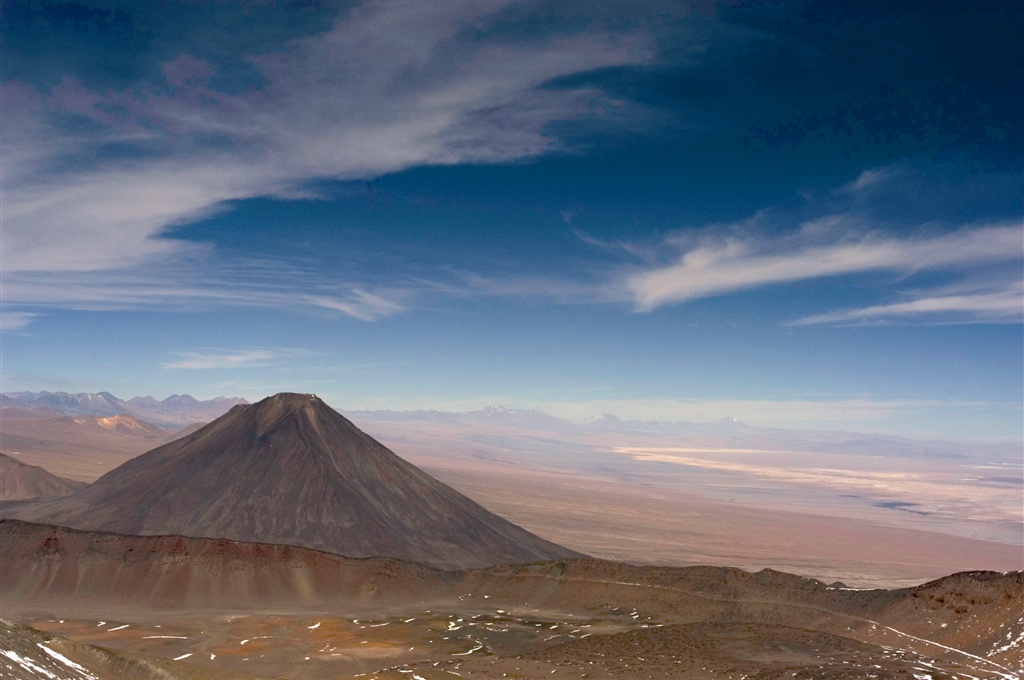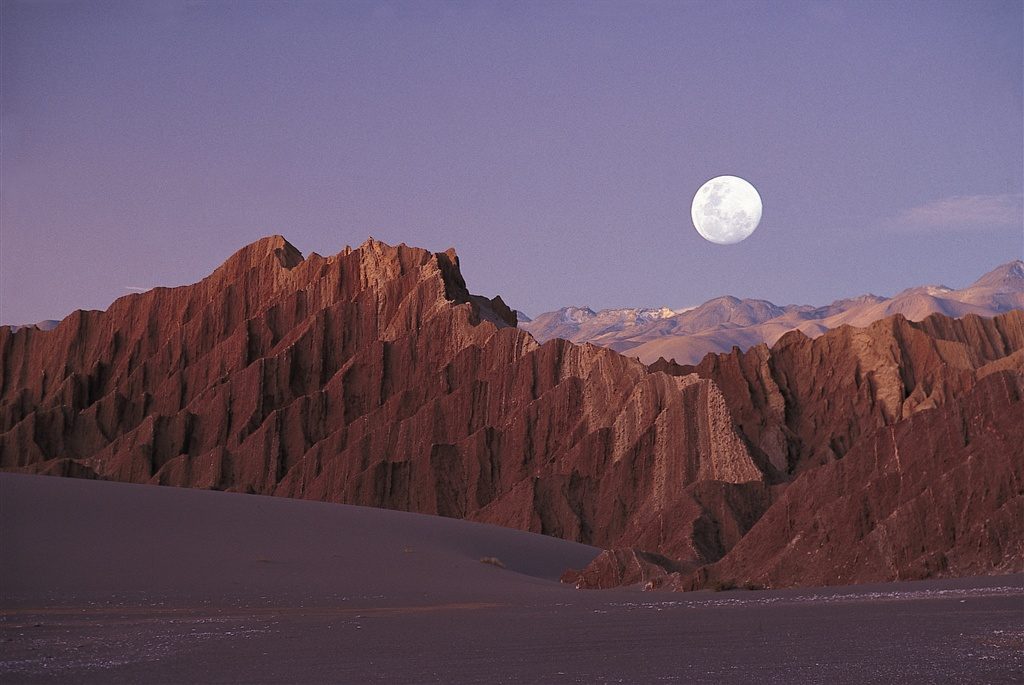
Chile’s most spectacular places lie in the country’s extreme North and South, Atacama and Patagonia. When I first hitched across the Atacama Desert it seemed lifeless and empty, an unforgiving place where rain never falls. As I explored more, I realised that life did exist and was uniquely adapted to the harsh environment. The vast area stretches almost 1.000 km from the border with Peru. It encompasses misty cliffs beside the Pacific Ocean to high altitude salt flats and volcanoes close to Bolivia. It is true some places record no rainfall and feel like the surface of Mars, whilst others receive periodic downpours. Over half the plants are unique to the region, all make the most of any moisture available. Cacti and succulents store water, others like a mesquite tree known as tamarugal have deep roots, and some like bromeliads make the most of the coastal fog. The lofty Andes block the moist winds from the west but provide glacial meltwater that cut down to the coast as ravines. The Humbolt current means the Pacific coast of Chile is rich in life from seals and sealions, penguins and millions of seabirds.
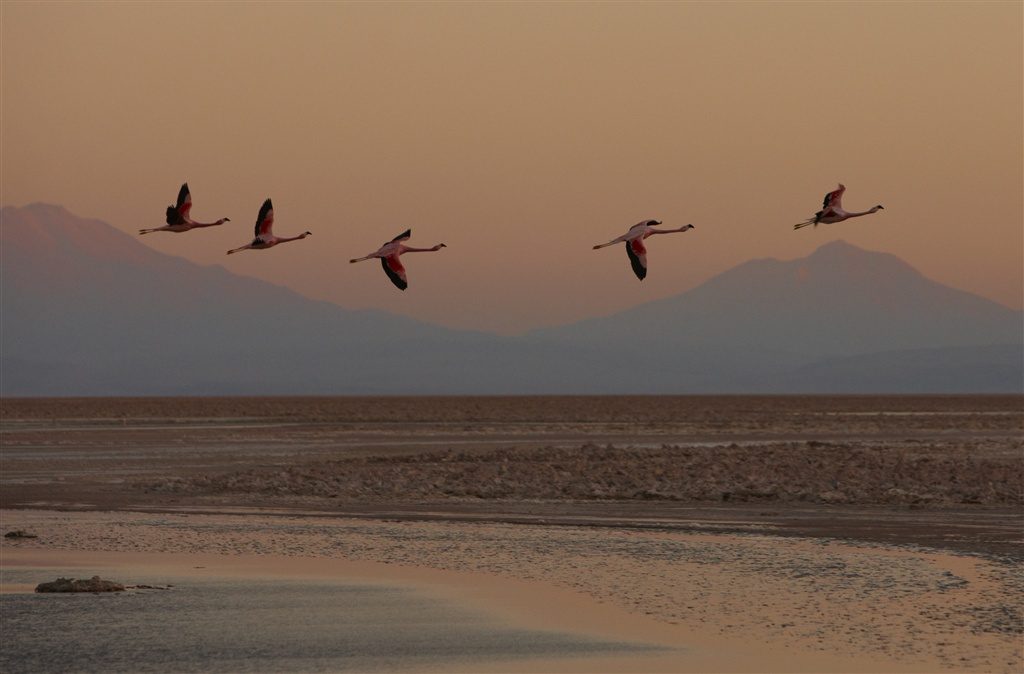
Since prehistoric time people have lived in the fertile river valleys, such as Azapa near Arica. Today these oases produce delicious mangos, citrus fruits, olives and strawberries that we find in our supermarkets in Winter. In the Elqui Valley grapes are grown, many will end up as the spirit pisco. One of the most spectacular events is when the desert blooms into a multitude of colours. Millions of seeds lie dormant until a rare rain shower, usually during an El Niño year. Good places to see this are Llanos de Challe National Park, Paposo National Reserve, Pan de Azucar National Park and other areas near Vallenar and Copiapo.
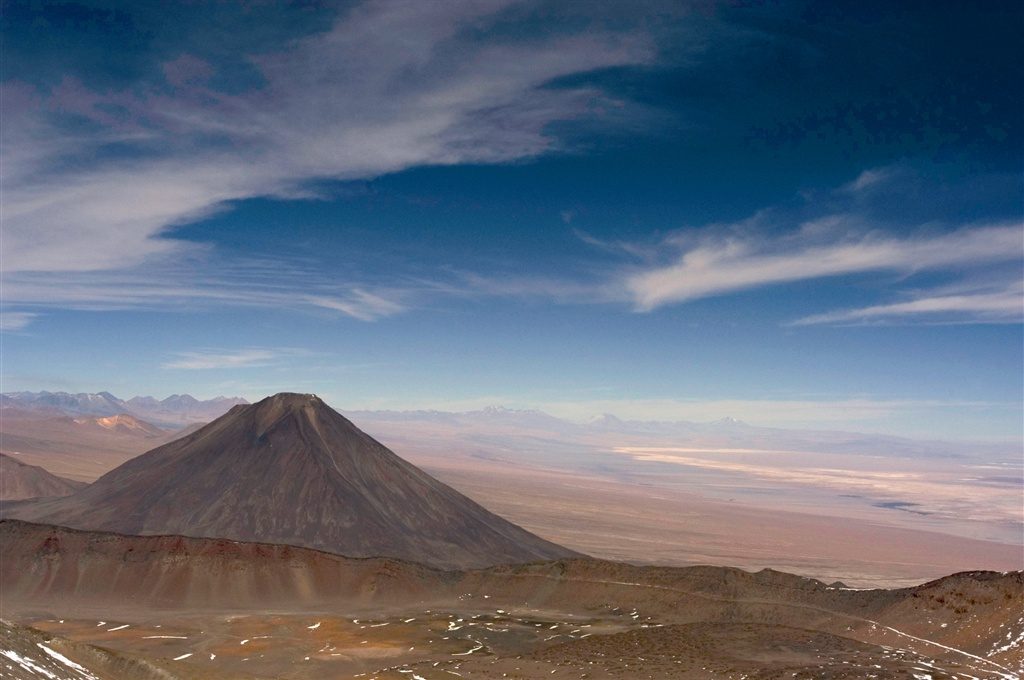
The Altiplano or high plains at 4,000m above sea level, have another unique environment with life on the edge. Here there is a huge difference in temperature between day and night. Alpacas and llamas are built to cope with their amazing fur. Flamingos too seem to thrive and live in the saline lakes. Strange rodents like vizcachas and chinchillas can be seen in the rocky areas where there is cover from pumas. The Andean condor, the largest bird in the Western Hemisphere seems to be equally at home on the coast of high Andes. The best place for wildlife is the Lauca National Park, but this is well off the beaten track and at high altitude. Most trips to the desert use the quaint town of San Pedro de Atacama as a base. For those who want more adventure, take a loop over the border into Bolivia to see Uyuni salt flats.
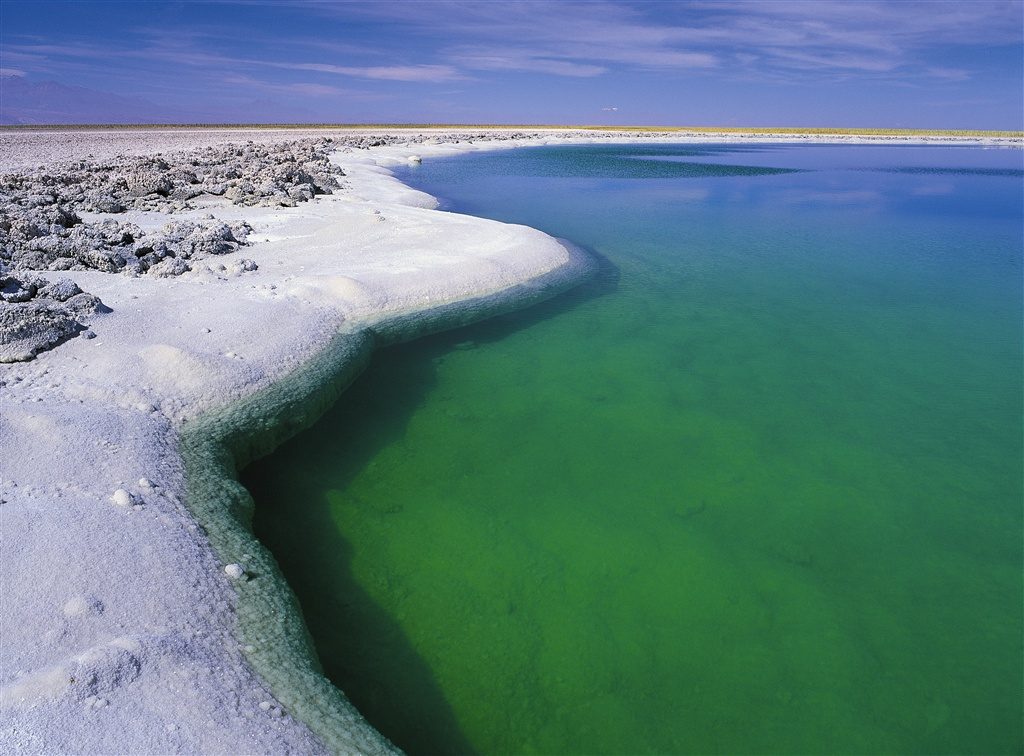
View our Chile holiday ideas
Related: Tierra del Fuego
Patagonia Parks

